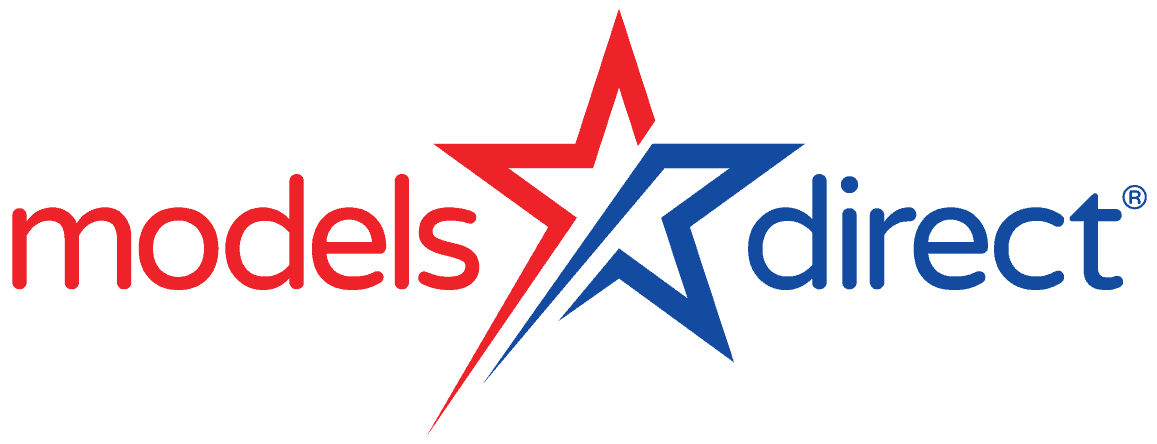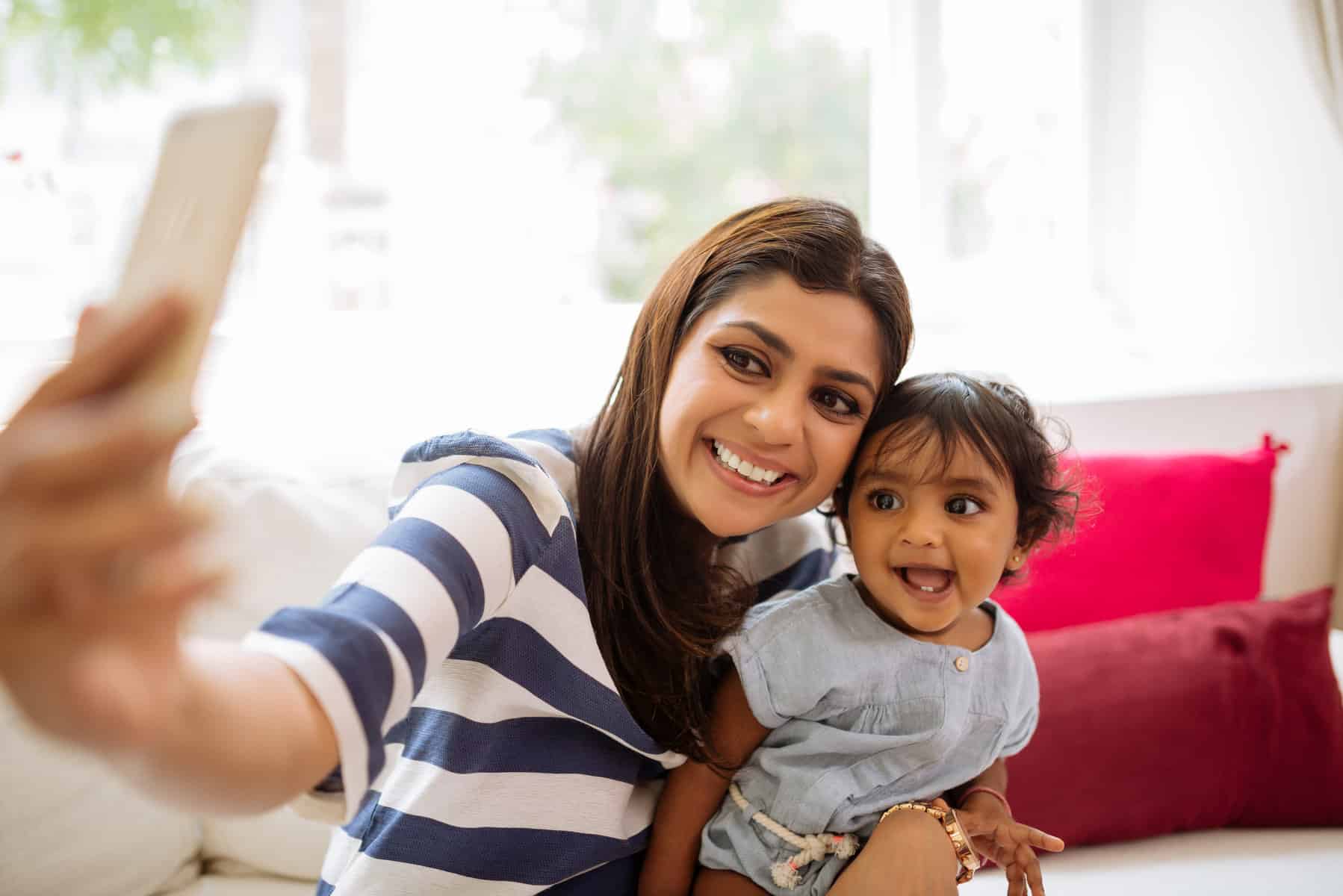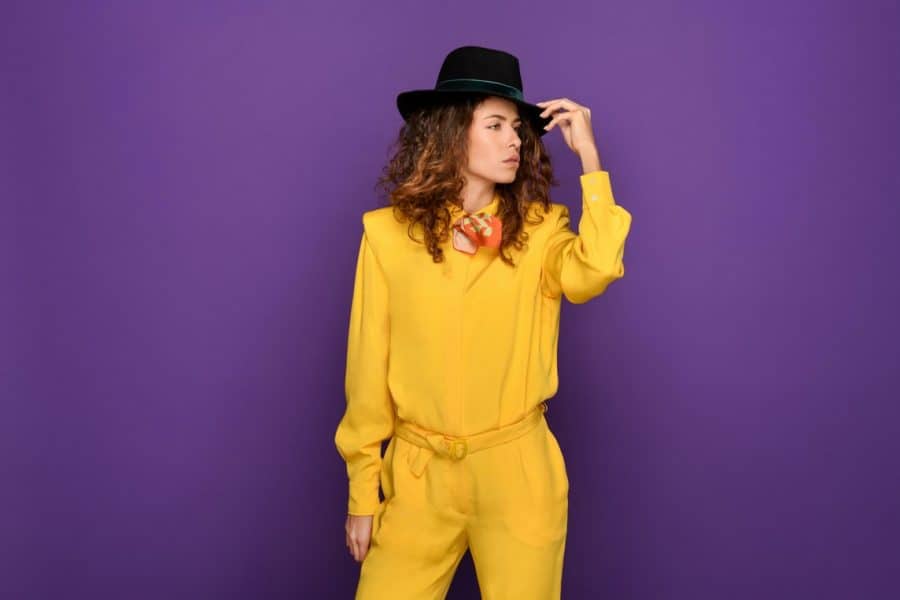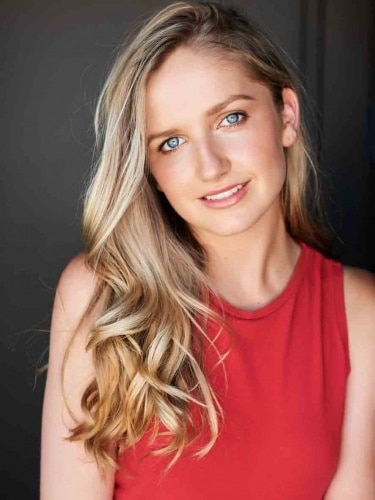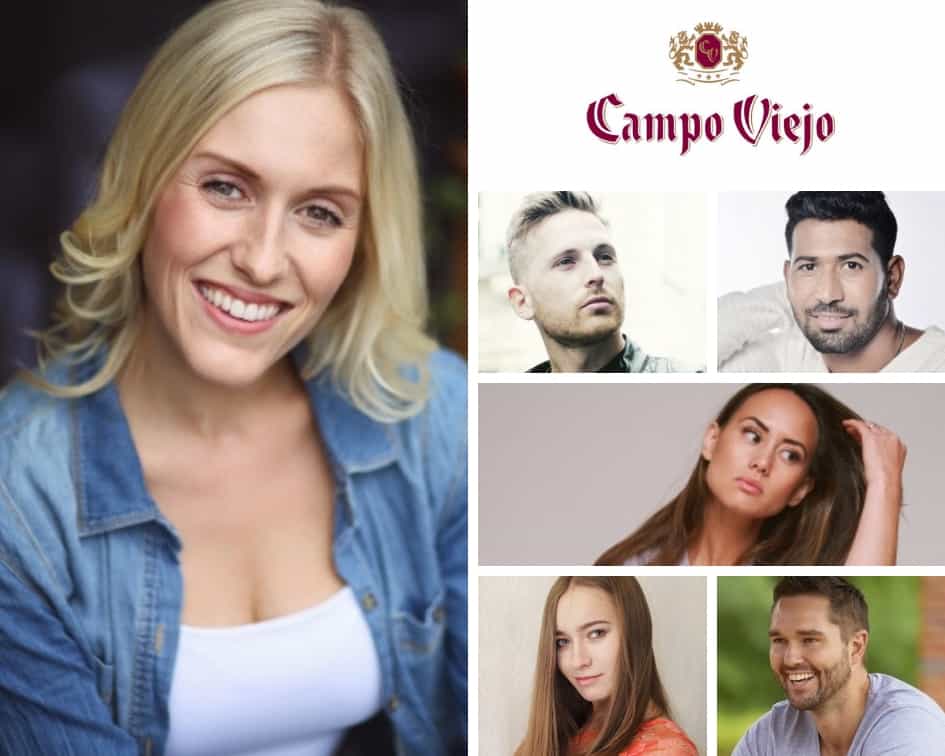Since 1990 we’ve been emphasising that everyone deserves opportunities – both in life and in work. None more so than people living with disabilities. According to the DWP, it’s estimated that around 16 million people in the UK have a disability, in one form or another. That’s about a quarter of the country’s population.
A disability is any physical or mental condition that hinders that person’s ability to do certain activities. Whilst some are more obvious than others, many disabilities are not immediately apparent to other people. Some mental disabilities can go unnoticed, as can physical disabilities.
Though a disability can evidently halt a person’s progress, it shouldn’t diminish a person’s dreams or aspirations. The same opportunities really do exist in the commercial modelling industry, and the most effective way to realise them is to be registered with a reputable agency. You’ll be seen by hundreds of the most recognised brands, as well as the decision-makers who pick the most suitable models. We know this from experience, as we’re placing a growing number of disabled models in exciting assignments all the time. Their success stories form a large part of our reputation in assisting disabled models realising their dreams.
Like a lot of modelling types, the opportunities for models with disabilities have never been better. Our professional booking team, based in our Norwich head office, are constantly conferring with our clients, putting forward the best-suited disabled models from which clients choose.

Our extensive list of clients means we have the best and most diverse brands and campaigns at our disposal to recommend the finest commercial models. The range of campaigns is absolutely crucial to everyone’s success; we don’t just provide models to high street and online retailers. We cover any reputable company that requires models to get their message across. This could mean non-for-profit charities, government schemes or schools. And the best thing is – most of them require disabled models at some point.

Society changes slowly decade by decade. Disability is looked upon in a different light as it was in the 20th century. It’s more acceptable to see diversity in all forms of advertising and media – including social media. And with disability viewed as nothing different from the “apparent” norm, disabled models are far more familiar to consumers. This is great news, from both a commercial and cultural perspective.
Modelling encompasses many people, from wheelchair users to amputees, and people with hearing and vision impairments to growth impairments. The industry is part of a wider picture, with brands wanting to use disabled models in just the same manner as they would have used regular fashion models decades before: to get their point across through media commercials or to help sell marketable products. Human involvement is stronger than any artificial association. That’s we’ve championed disabled modelling for years, and will continue to do so.

It’s not surprising to learn there are plenty of opportunities for disabled models. Those opportunities are very real, and they start by joining us as the most respectable commercial modelling agency in the country.
